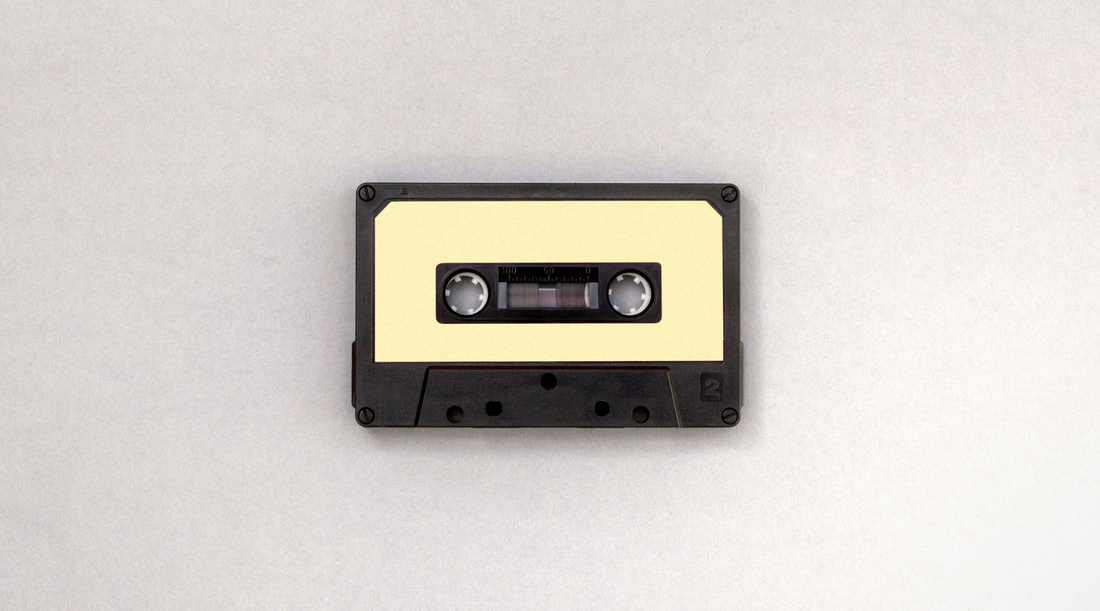Trending: 70s-inspired decor that's making a comeback

Whether you love it or hate it, there’s no denying that 70’s decor is back. This go-to trend for Autumn is cropping up everywhere- from interior design shows like Maison Objet (below), to statement colours on our Pinterest feeds.
This laid-back style of interiors still resonates with interior designers and homeowners today, thanks to its effortless feel. Earthy, neutral tones have been popular among homes for the past few years, and the retro resurgence with its natural tones could be the perfect stepping stone we need to push ourselves into experimenting with colour again. Exciting times.
This week we’re taking a look at what retro style is, and how you can inject a little 70s fun into your home (avocado bathrooms and egg-shaped chairs optional).

Trend stand at interior design show Maison Objet Paris, 2022
What exactly is retro interior design style?
Retro interior design style, in particular 1970s interior style, was influenced by the post-war period of the 1960s. With a fresh outlook and an era of new hope, designers and homeowners alike began experimentation with bold, lively colours that matched the free-spirited and joyful sentiment of the time. Designs were unconventional, playful, and lively, quickly making their way into the everyday home.

Images: Homecrux via Pinterest (top),Vintage Catalogue via Pinterest (bottom)
What's the difference between retro and vintage?
The biggest difference between retro and vintage homeware is the period in which it was made. Retro items can come from any time period, as the word 'retro' refers to the appearance of the item (good news if you're wanting to achieve a 1970s look, with new or nearly-new homeware and furniture). Vintage decor and furniture items are defined by their age, not their look. In general, anything can be considered vintage if it was made between 20 and 100 years ago.70s colour palette
Vibrant, bold and daring, the 70s wasn’t a time for subtlety when it came to interiors. This nostalgic collection of colours is memorable to many, and its versatility makes it one of the more fun design concepts to play with.

Palettes in 1970s interiors varied in tone, with a focus on earthy versions of bold colours, which were a nod to nature and a fallout from the hippie era of the 1960s. Taking centre stage were warm, almost autumnal colours of orange, ochre yellow, chocolate brown and beige ecru. For those who wanted to experiment with something totally different, the now infamous avocado green hue began to take over, especially in bathrooms. Blues came into play, in the form of either vivid turquoise, or mid-century style dark navy.
Overall, it was the combination of these colours that solidified them as an instantly recognisable 1970s colour palette across interiors, fashion, consumer goods and more.
How can I decorate like the 70s?
- Patterns
- Accents and decor
- Furniture
- Textures
Are we suggesting you go out and purchase all the lava lamps and shag rugs you can find? Not quite. Incorporating retro style into your home can be done as subtly or as all-out as you want - that’s why we’re big fans of this trend. Pick a couple of the following iconic 70s elements to experiment with, for a good starting point.
Patterns
This decade was all about the patterns. Think intricate florals, bright-coloured abstract shapes, and curved graphic lines. Patterns played out in contrasting colours on wallpaper, rugs, curtains, floors and more.

Images: Orla Kiely via Pinterest (top left), Apartment Therapy via Pinterest (top right), Waris Orange via Pinterest (bottom left), Swyft Model 02 sofa via @danisdomain (bottom right).
Accents and decor
Spaces in the 70s were all about two things- comfort, and socialising. Using coloured bulbs and lampshades creates a warm, nostalgic glow. Oversized pendant floor lamps provided extra light for reading and dining. Weekend vibes were created with the sounds of retro radios and record players.

Images: Deerstetd via Pinterest (top left), Popsugar via Pinterest (right), Dezeen via Pinterest (bottom left).
Furniture
Everyone’s seen the iconic centrepieces that are conversation pits. These vast seating areas weren’t in most homes, but still greatly influenced living room looks in the 70s. Seating was always the room's main focus, and its design was centred around fluent lines and curved shapes. Furniture was made with both luxury and practical use in mind.

Images: Swyft Model 04 Chestnut Leather sofa (top left), Chairish Co via Pinterest (top right), Studio 1212 via Pinterest (bottom left), Swyft Model 01 Brick armchair (bottom right).
Textures
1970s interiors had a warmth and cosy feel to them, whilst still remaining smart and put-together. Designers experimented with new textures and were more daring in their choices, leading to new combinations. Soft textures included thick pile rugs, smooth leather and soft velvet sofas. These contrasted with silver metals, stained wood, and smooth vinyl surfaces, bringing together the instantly recognisable retro look we love.

Share
Tags
- colour palettes
- trends





